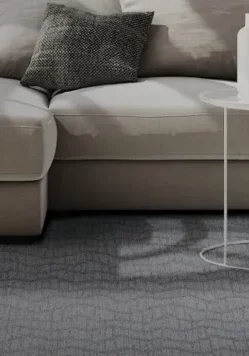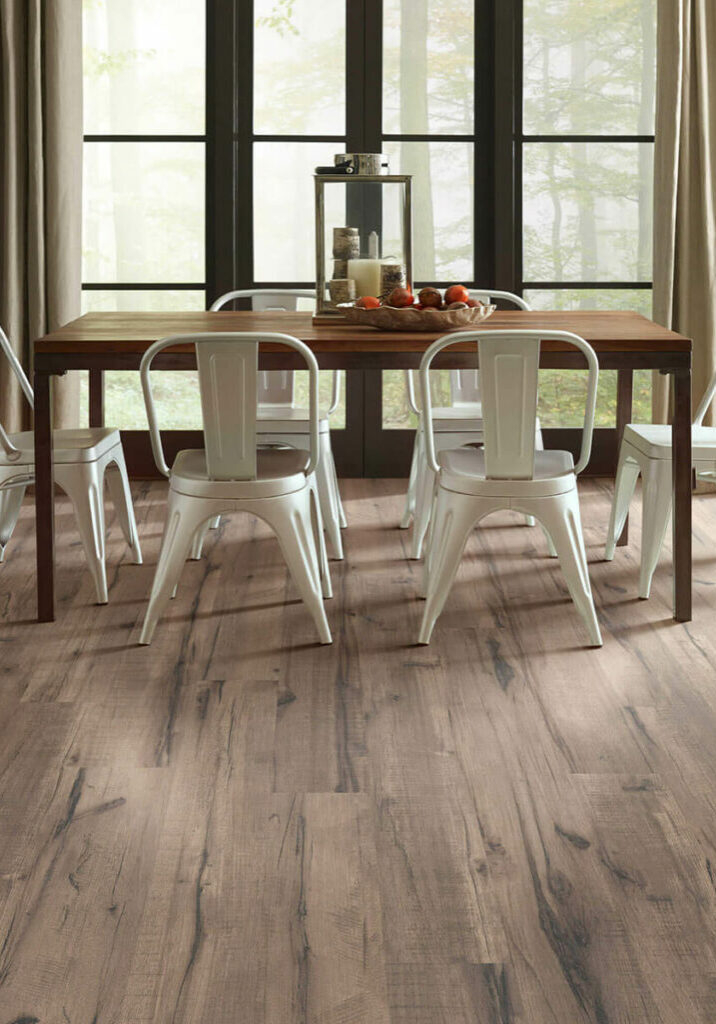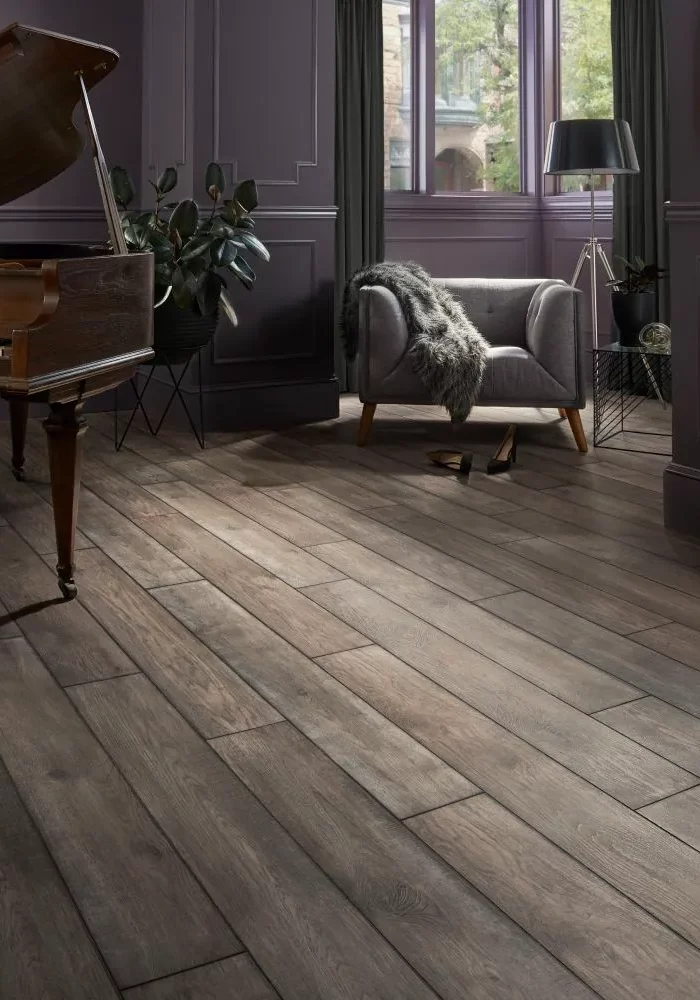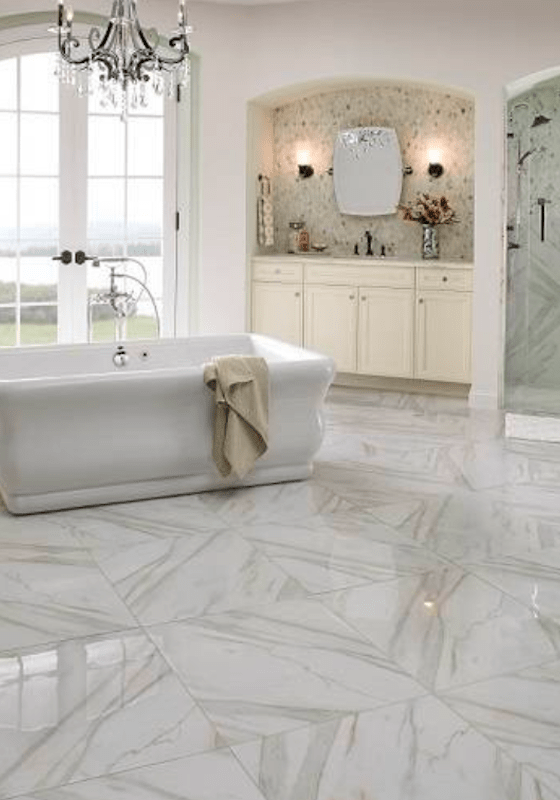The Importance of a Flooring Underlayment
What is Underlayment?

According to MP global, flooring underlayment or underlay, as the name suggests, is a thin material beneath the top floor covering. It is usually sandwiched between the top floor covering and the sub-floor. It refers to different types of flooring surface-covering materials such as foam, felt, sponge rubber, plywood, cement-like materials, among others.
A flooring underlayment should be thin to prevent a reduction of the room height space. There are different models of underlays designed specifically for various types of floors and for different purposes. Some materials are hard, while others are as soft as carpet padding. You also have a choice between fixed or floating floor underlayment.
Purpose of a Floor Underlayment
The underlayment provides a smooth surface for installing a top floor like laminate, vinyl, luxury vinyl tiles, tiles, carpets, and hardwood flooring materials. Sometimes the sub-floor is not flat and smooth, and as such, an underlayment provides a better surface for installing the top floor. An underlay also works as a sound insulator by deadening footsteps. Besides that, you can use an underlay to reduce the wear and tear on your floor or protect the floor from moisture damage.
Must You Install a Flooring Underlayment?
Most subfloors are plywood, concrete, oriented strand board (OSB), and wood plank. An underlay is useful when the subfloor is in poor condition or requires the underlayment for a specific purpose, for example, sound insulation. Some homes have cracked concrete sub-floors where direct floor installation is difficult.
Therefore, brand new constructions rarely require a flooring underlayment but remodeling jobs most often require an underlay. This is because, in most cases, brand new floors are sturdy and level. As such, it is possible to put only a layer of rosin paper when installing a hardwood floor and lay carpet padding only when installing carpets.
Several factors like water-damaged sub-floor necessitate floor remodeling. Sometimes when removing an existing floor, the sub-floor may suffer some damage. In such a case, the sub-floor won’t be as smooth as a new one. Moreover, some old flooring types like vinyl can serve as an underlayment for other top flooring materials. In the case of carpets, an existing hard floor can make a perfect underlay.
Popular Underlays for Different Flooring Types
Carpet Flooring Underlay
Carpets underlayments are essential even with a sub-floor that is in good condition. The underlay provides thermal and sound insulation, reduces carpet wear and tear, serves as a moisture barrier, and enhances carpet comfort. You should choose a carpet underlay depending on the sub-floor type and also the type of carpet. Common carpet underlays are felt, crumb rubber, foam rubber, and cork.
Hardwood Floor Underlayment
Hardwood flooring materials are diverse. There are engineered, solid flooring and different wood species that are either domestic or exotic. The flooring also includes cork and bamboo flooring. Hardwood floors usually require an underlayment to resist moisture. Noteworthy, if your area is very humid, then you need a moisture barrier too. The most common hardwood underlay is felt because it is dense. Other hardwood flooring underlayments include cork and rubber. Foam underlayment is ideal for engineered wood flooring.
Underlayment for Vinyl Flooring
A vinyl flooring may not require an underlay if the subfloor is plywood or OSB and is in good condition. The most common underlay for vinyl floors is plywood.
Laminate Flooring Underlay
A laminate flooring underlay gives the floor stability while covering any imperfections. Noteworthy, innovations have seen the enhancement of laminate flooring materials, with some high-end types having underlayments in their constructions. This saves time because only the top flooring material is installed. As much as it may be more expensive, it saves you the money you would have used buying underlayment and hiring labor. For laminate floors requiring an underlay, you can use foam or acoustical laminate.
Tile Floor Underlayment
Tiles are a popular flooring choice for water-prone areas because of their water-resistance features. They expand and contract slightly with changes in temperature and humidity. You need underlayment for tile floor to improve its functionality. A tile flooring underlayment should accommodate humidity and temperature changes. It should have the flexibility to absorb pressure from movements on the floor.
Basement Floor Underlayment
Installing resilient flooring in the basement area is challenging because of high humidity. You need flooring that will allow enough ventilation in the area. There are flooring underlays that are ideal for dispersing moisture from such floors and perfect for basement areas.
Factors to Consider When Buying a Floor Underlayment
Before buying any underlayment, you should know the flooring type you are installing. You should also follow the manufacturer’s recommendations on the type of underlay ideal for each type of flooring. In this regard, it is advisable to first purchase your flooring material before purchasing an underlayment.
On the other hand, if you are installing flooring for a specific purpose, such as sound deadening, you can shop for the best sound insulation underlays in the market. Worth noting, you should consider if you have an underfloor heating system and how compatible your underlayment will work with it.
Final Remarks
Whether you are a DIY or hiring a professional installer, you should carefully consider your flooring underlayment options. For a good installation job that will stand the test of time, choose the right underlayment suitable for the purpose.








